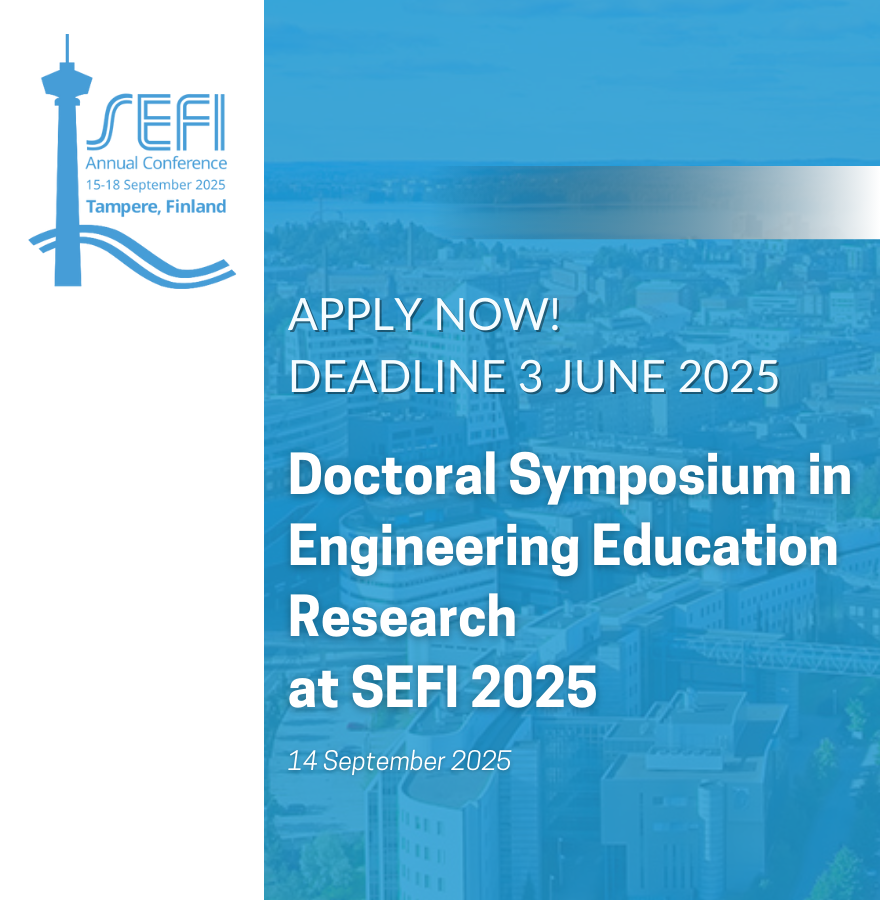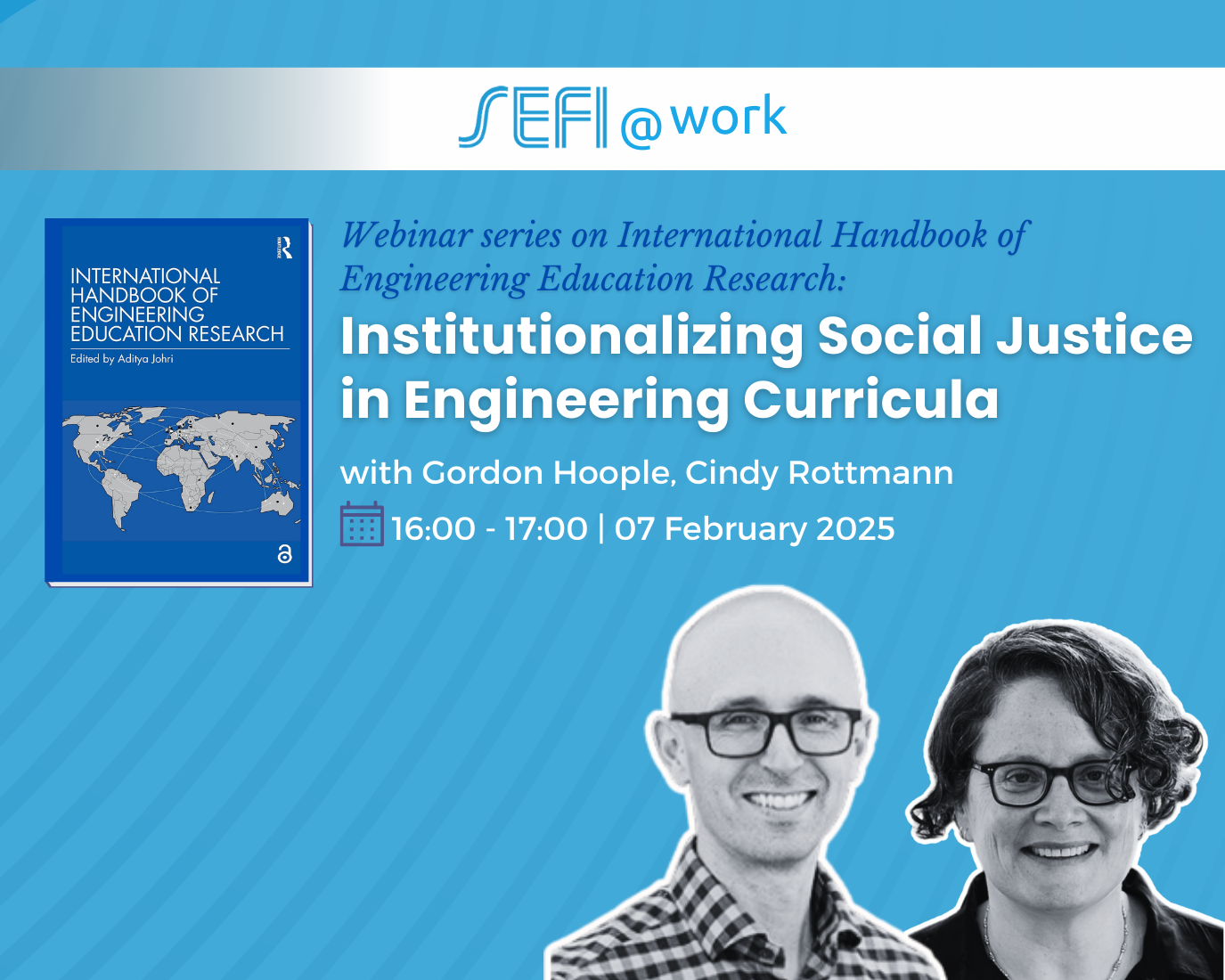The 9th Doctoral Symposium in Engineering Education Research offers an opportunity for PhD candidates to explore and…
Engineering education research in Europe coming of age
SEFI working group for Engineering Education Research (WG-EER) was established in conjunction with the 36th SEFI Annual Conference 2008 in Aalborg. This means that the EER- working group this year can celebrate its 10 years anniversary. Around Europe universities and schools of engineering have established professor- and lectureships especially dedicated to EER, with several PhDs in EER awarded and more under way. At SEFI’s annual conferences an increasing number of EER-contributions have been presented.
Timely European Journal of Engineering Education (EJEE) has recently published a special issue “Engineering Education Research in Europe – coming of age” (http://www.tandfonline.com/toc/ceee20/43/2?nav=tocList). Four papers discussing various aspects of this “coming of age” are included in this special issue:
The paper “How authors did it” by Lauri Malmi et al. present a methodological analysis of recent engineering education research papers in the European Journal of Engineering Education. According to the authors the methods used to analyse collected data seem to be underdeveloped with little use of more sophisticated and complex methods, quantitative or qualitative, for analysis of data.
Bill Williams et al. present in their paper “Not so global: a bibliometric look at engineering education research” a citation analysis of papers published in EJEE or its US-based sister journal Journal of Engineering Education (JEE) and papers presented at the annual conferences organised by the American Society of Engineering Education (ASEE) and by SEFI. Williams et al. conclude that in citation terms EER published in Europe is relatively global but EER published in the US is not. Thus, they question if EER is as global as has been proposed and suggest that the EER community need to discuss this issue.
The perspective of students is the topic in Päivi Kinnunen et al. “Understanding initial undergraduate expectations and identity in computing studies”. Their results challenge some taken for granted assumptions regarding students’ beliefs and highlights some mismatches between what incoming students want to study and their beliefs about what they have to study.
A significant numbers of European EER-researchers have had their base in the Nordic countries Denmark, Finland and Sweden. In the fourth paper “A bottom-up strategy for establishment of EER in three Nordic countries – the role of networks” Kristina Edström et al describes how EER-researchers in these countries have managed to build a network that has offered a forum to exchange ideas and knowledge and build collaborations, it has provided a critical mass for organising activities for research training which are crucial for bringing new individuals into the field, and it has strengthened the cadre of seniors.
The issue discusses if EER really have demonstrated a “coming of age” – maybe it could be described as an adolescent still struggling to achieve adulthood. It is hoped that the special issue will inspire and support the EER community to develop and “come of age”.
Jonte Bernhard
Guest editor and former chair of SEFI WG-EER


